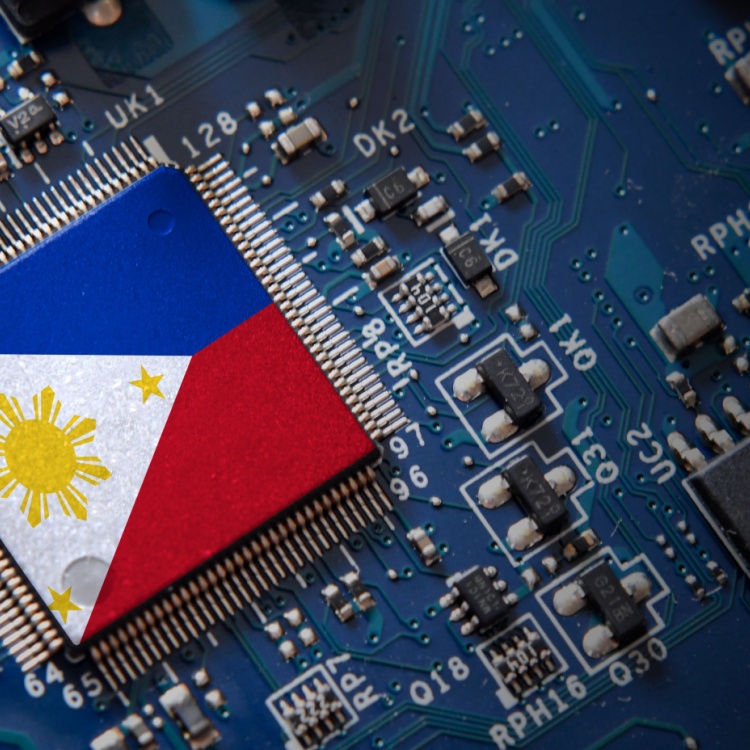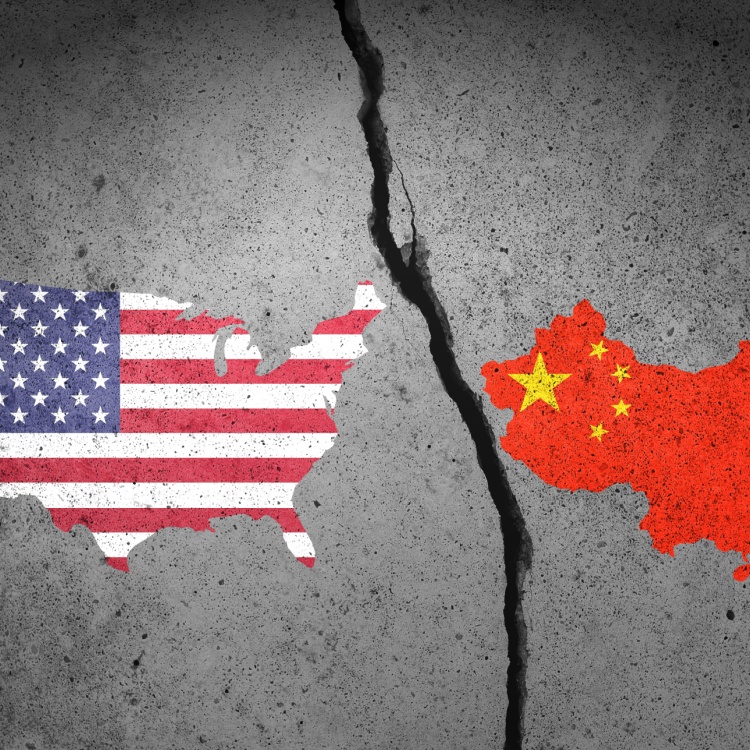The Status of Technology Solutions in the Philippines

July 19,2019,Philippines—Considered as the engine of any economy, the global manufacturing industry, or more appropriately called as the global technology solutions industry in the digital era, still remains to be the most important sector for long-term productive employment, value-added generation, and innovation in the Philippines despite earlier threats of not being competitive enough compared to other countries in Asia.
Background
When EMS Manufacturing in the Philippines was first established, it held huge potential in playing a major role in the national development of the country. True enough, once the political scene in the Philippines has calmed down, the electronics manufacturing industry was able to overtake agriculture as the leading export earning industry in the country in 1996.
However, it is believed that the ongoing China-U.S. trade war is taking its toll on the Asian manufacturing landscape and the rest of the global technology solutions sector as of press time. Irene Cheung, an Asian strategist at Australia and New Zealand Banking Group Limited (ANZ), shared that they are “seeing a global slowdown into this year, and in Asia, particularly, export-oriented countries are hurting,” according to an article written by Jonathan Cable and Marius Zaharia on Reuters just January of this year.
Fortunately, the Philippines realized the need to re-organize—as well as the potential of global technology solutions in the new economy—and started efforts in reviving the manufacturing industry in the country.
Growth performance
From 2008 to 2013, the Philippine technology solutions sector experienced a double-digit growth: faster than the average growth rate of the whole ASEAN manufacturing sector and higher by twice the global average rate according to The Philippine Manufacturing Industry Profile by Philippine Board of Investments (BOI) and Department of Trade and Industry (DTI) from 2017.
Additionally, 17 out of 22 major Philippine manufacturing sub-sectors, which mostly came from the low-tech sector such as food, beverages, and apparel sectors, experienced positive growth in 2016. Although the high-tech sector which includes machinery and transport equipment sectors was experiencing relatively slower growth compared to the low-tech and medium-tech sectors due to the weak demand for semiconductors and electronics in the country, it saw a rebound towards the second half of 2016.
Even in the present day, the Philippines is seeing great performance growth regarding technology solutions in the country. In fact, according to an article written by Bianca Cuaresma and Elijah Rosales of BusinessMirror on May 2018, the country’s manufacturing sector continued to expand based on its purchasing managers’ index or PMI of 53.7 in April of last year which was the highest reading for the country at the time. Moreover, Czeriza Valencia of The Philippine Star reported in February of this year that the Philippine manufacturing sector outperformed those in ASEAN and has regained its top spot in the region despite registering a slower expansion earlier in the year.
Manufacturing careers
One of the most obvious reasons why manufacturing easily remains relevant to any economy is because it has higher employment and income compared to other industries like agriculture. The resurgence of manufacturing in the country will open up plenty of job opportunities as well as create more jobs in related industries, especially in the service sectors.
Moreover, the entrance of Industry 4.0 is introducing a new wave of manufacturing careers related to digitization such as Chief Digital Officer, Automation Engineer, and Collaborative Robots Specialist which encourages the country to keep up with the latest technological solutions and developments and push through with innovative projects.
Goals for the industry
The status of technology solutions in the Philippines is looking great so far. Of course, there are tremendous efforts on the way to maintain and strengthen the capacity of existing and emerging industries as shared by BOI and DTI in the Philippines’ roadmap for structural transformation that will last until 2025.
Taking all factors into consideration, the Philippines is doing an excellent job in reviving the manufacturing industry despite the fact that the country lagged behind other Asian countries for years. The country can expect its global technology solutions sector to make a great leap in the future.
Other Blog



